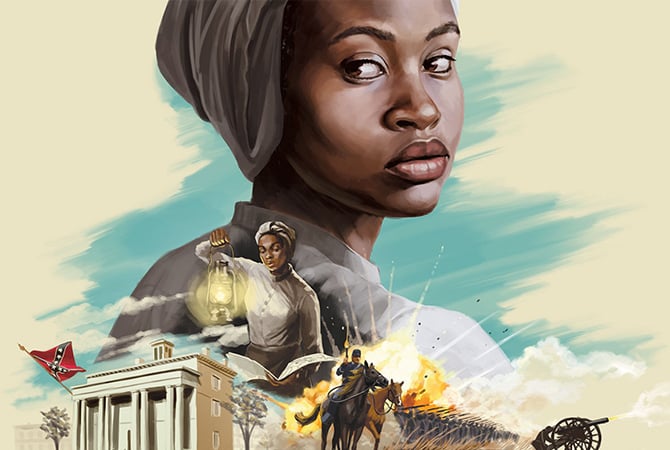

During the Civil War, a young black woman born into slavery helped the Union defeat the Confederate South—and end enslavement in America. Her name was Mary Richards, and her courage and determination helped reshape a nation.


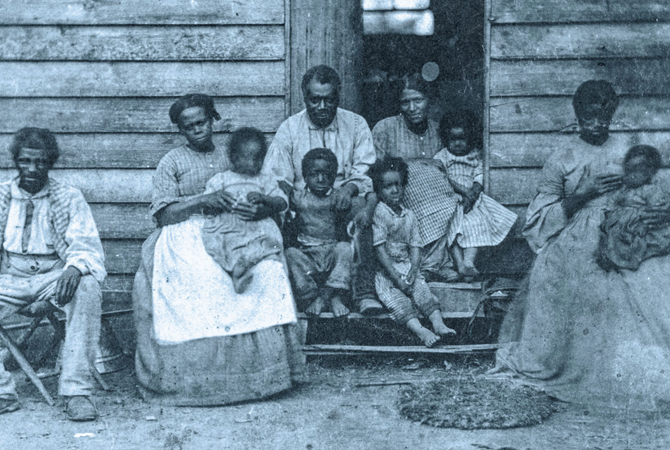

Slavery tore apart countless black families before it was abolished in 1865. Centuries later, new research is unearthing long-forgotten stories of African American family members torn apart by slavery—and their attempts to find each other.


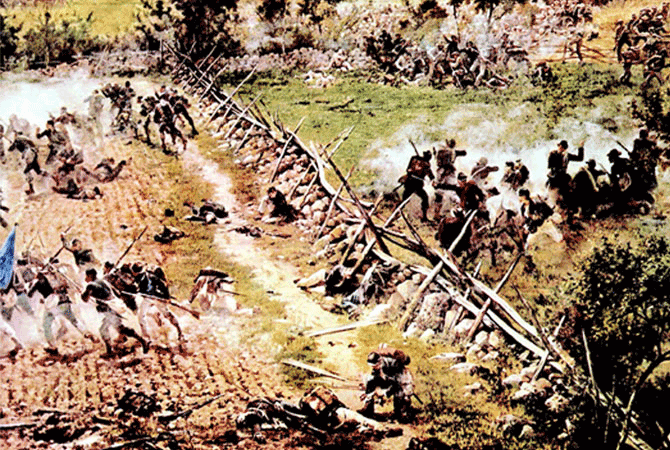

One of the Civil War’s most famous battles erupted when the two sides met, unexpectedly, near a little farm town in Pennsylvania. This gripping American history play tells the story of that fateful clash.


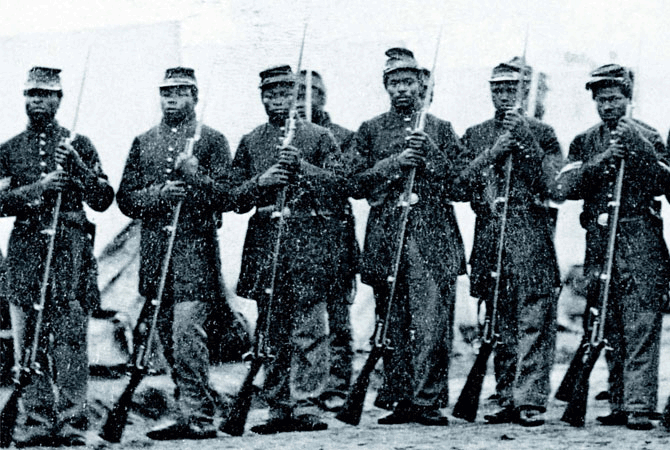

How much do you know about the Civil War? Here are 10 things about that conflict that surprised people at the time—and still surprise some people today.



Want to see more from Junior Scholastic magazine?
Famous quotes about the Civil War and Reconstruction
“The art of war is simple enough. Find out where your enemy is. Get at him as soon as you can. Strike at him as hard as you can and as often as you can, and keep moving on.”
— General Ulysses S. Grant, commander of the Union forces
“What a cruel thing is war; to separate and destroy families and friends, and mar the purest joys and happiness.”
— General Robert E. Lee, commander of the Confederate forces
“Engaged, as I am, in a great war, I fear it will be difficult for the world to understand how fully I appreciate the principles of peace.”
— Abraham Lincoln, U.S. president during the Civil War
“One section of our country believes slavery is right and ought to be extended, while the other believes it is wrong and ought not to be extended. This is the only substantial dispute.”
— President Abraham Lincoln, first inaugural address, May 1861
“If I could save the Union without freeing any slave I would do it, and if I could save it by freeing all the slaves I would do it; and if I could save it by freeing some and leaving others alone I would also do that.”
— President Abraham Lincoln, August 1862
Four leaders who made an impact during the Civil War and Reconstruction
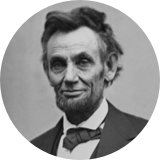

Abraham Lincoln
(1809-1865)
As the 16th president of the United States, Lincoln led the nation through the most serious crisis in its history, the deep divisions over slavery that fueled the Civil War.
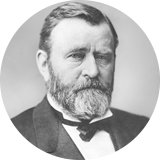
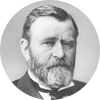
Ulysses S. Grant
(1822-1885)
The commanding general of the victorious Union armies, Grant accepted General Lee’s surrender in April 1865. Later, as the 18th U.S. president, Grant led the nation during the last years of the Reconstruction period.
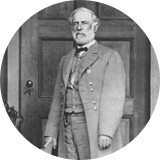
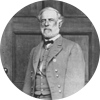
Robert E. Lee
(1807-1870)
The commanding general of the Confederate army during the Civil War, Lee was and remains the best-known figure in the history of the American South.
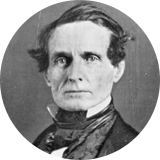
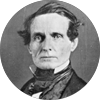
Jefferson Davis
(1808-1889)
As a U.S. senator from Mississippi, Davis called for slavery to be made legal throughout the South and in all U.S. territories. When Lincoln was elected U.S. president, Davis resigned from the Senate; he later served as president of the Confederate States of America.
Supplemental resources that link to external websites about the Civil War and Reconstruction
Timeline of America’s Civil War
A chronology of key events leading up to and through the Civil War, from the introduction of antislavery laws to the ratification of the 13th Amendment, which abolished slavery
A Visual Timeline of Reconstruction: 1863-1877
An interactive outline of key events—click on the image for each event for more historical images related to the topic
Civil War Soldiers’ Stories
From the Library of Congress, links to primary source documents and contemporary photographs by and of Civil War soldiers
Terms and definitions that pertain to the Civil War and Reconstruction
the 11 Southern states that broke away from the United States to form the Confederate States of America, which fought the Union (Northern states) during the Civil War
the state of being set free from slavery
referring to laws and practices that discriminated against African Americans after the Civil War
the period after the Civil War, from 1865 to 1877, when the federal government worked to reintegrate Southern states
to formally withdraw from a country or group and become independent
the North during the Civil War; also a term for the U.S. and its government during that period
Explore Other Topics
Discover other free social studies topics and middle school teaching resources from Junior Scholastic magazine.
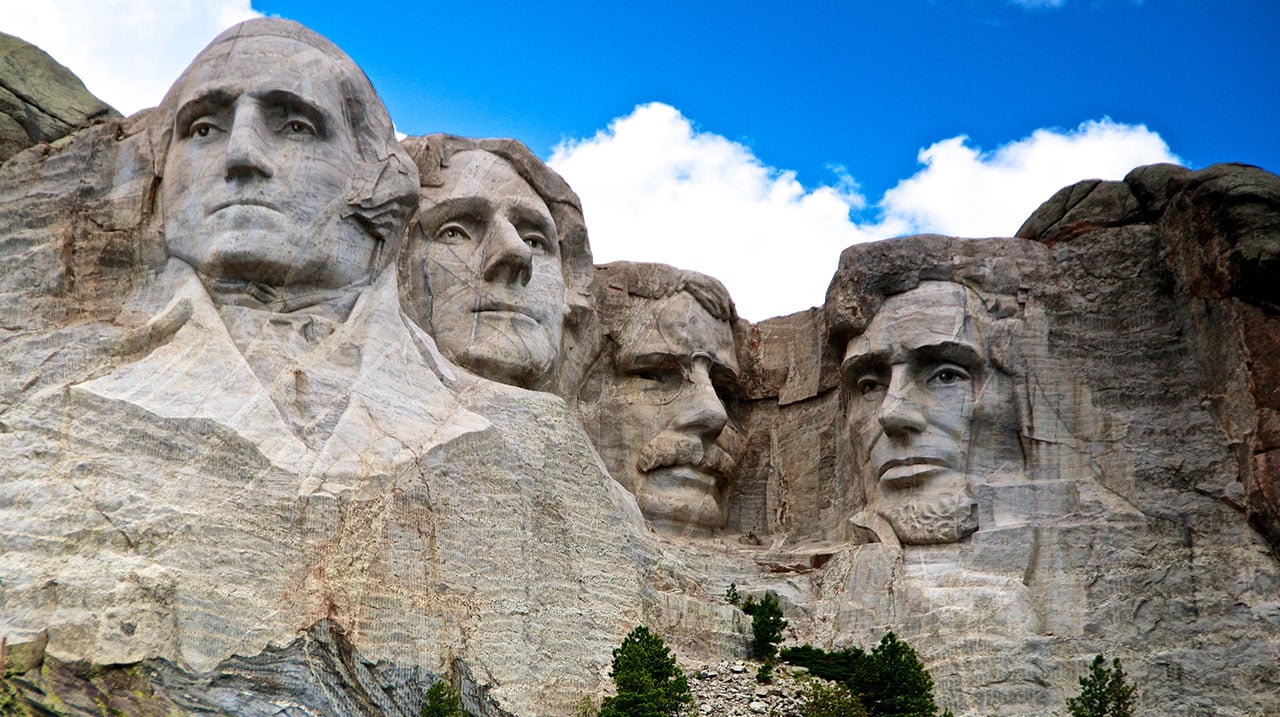
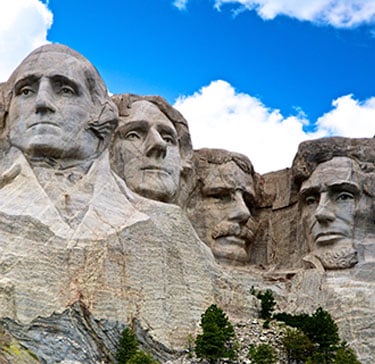
The Roles of the Presidency
From Commander in Chief to chief of state, the president has many critical roles.


The Roles of the Presidency
From Commander in Chief to chief of state, the president has many critical roles.
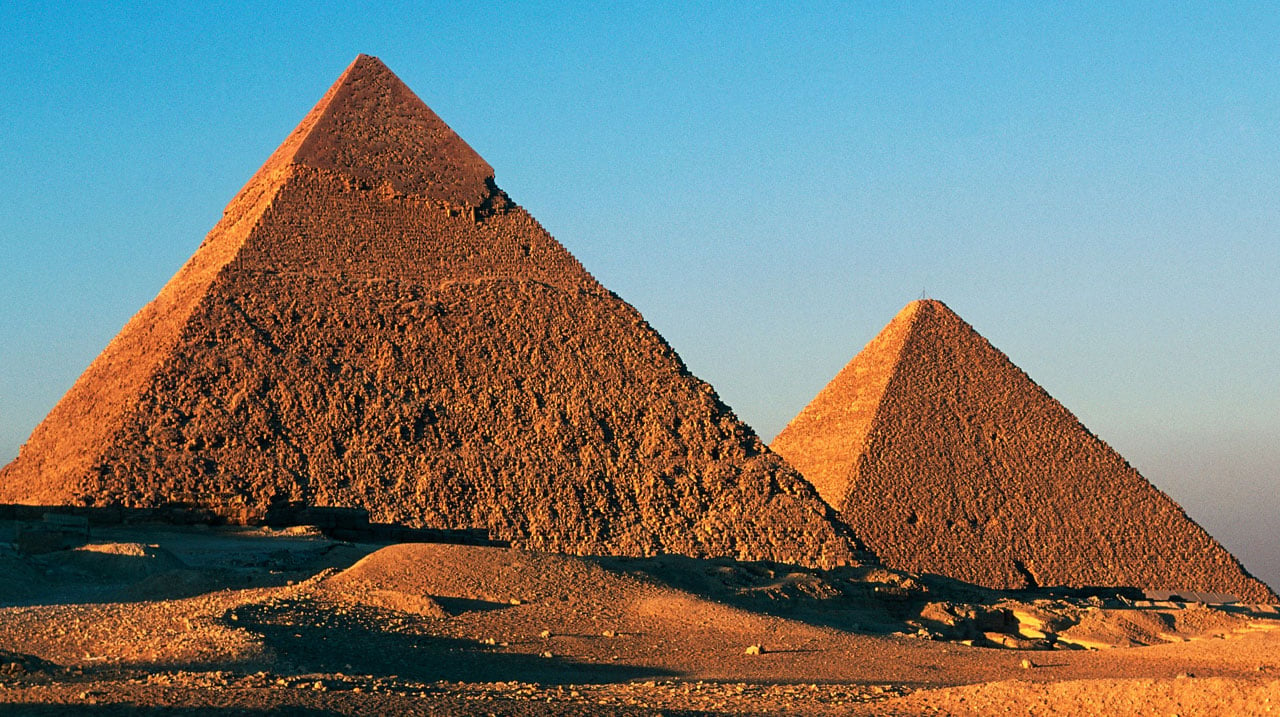
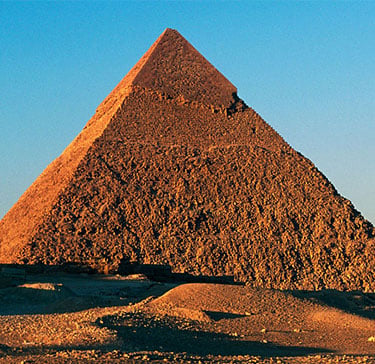
An overview of humanity’s first large societies: how they formed, who ruled them, and how they influenced the world today.


An overview of humanity’s first large societies: how they formed, who ruled them, and how they influenced the world today.
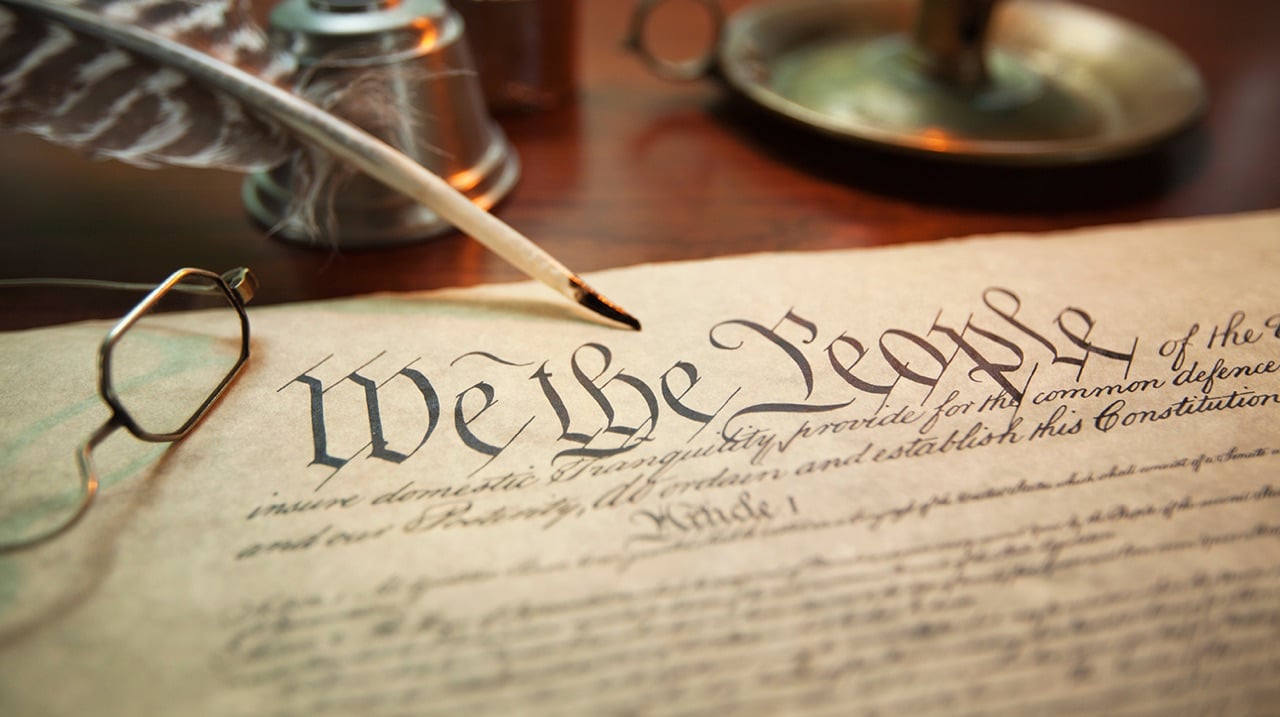
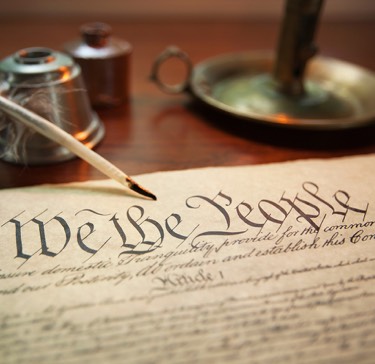
The United States Constitution
The Constitution is the supreme law of the land. It established our federal government and defined our government’s relationship with the states and citizens.


The United States Constitution
The Constitution is the supreme law of the land. It established our federal government and defined our government’s relationship with the states and citizens.
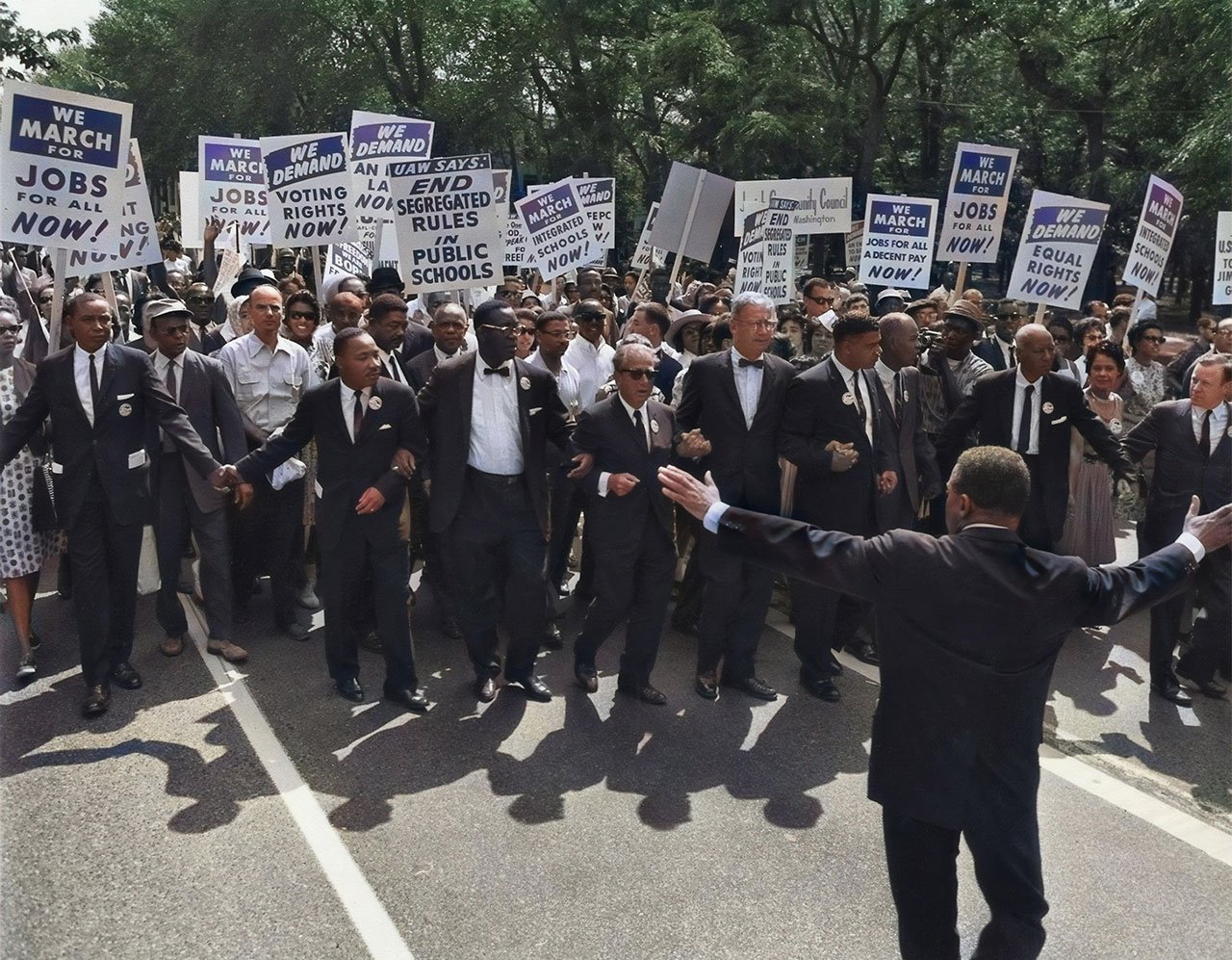
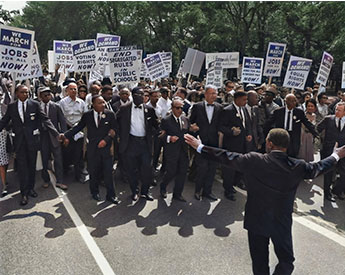
The Civil Rights Movement
Get to know Martin Luther King Jr., Barbara Johns, the Little Rock Nine, and other pioneers of the civil rights movement.


The Civil Rights Movement
Get to know Martin Luther King Jr., Barbara Johns, the Little Rock Nine, and other pioneers of the civil rights movement.
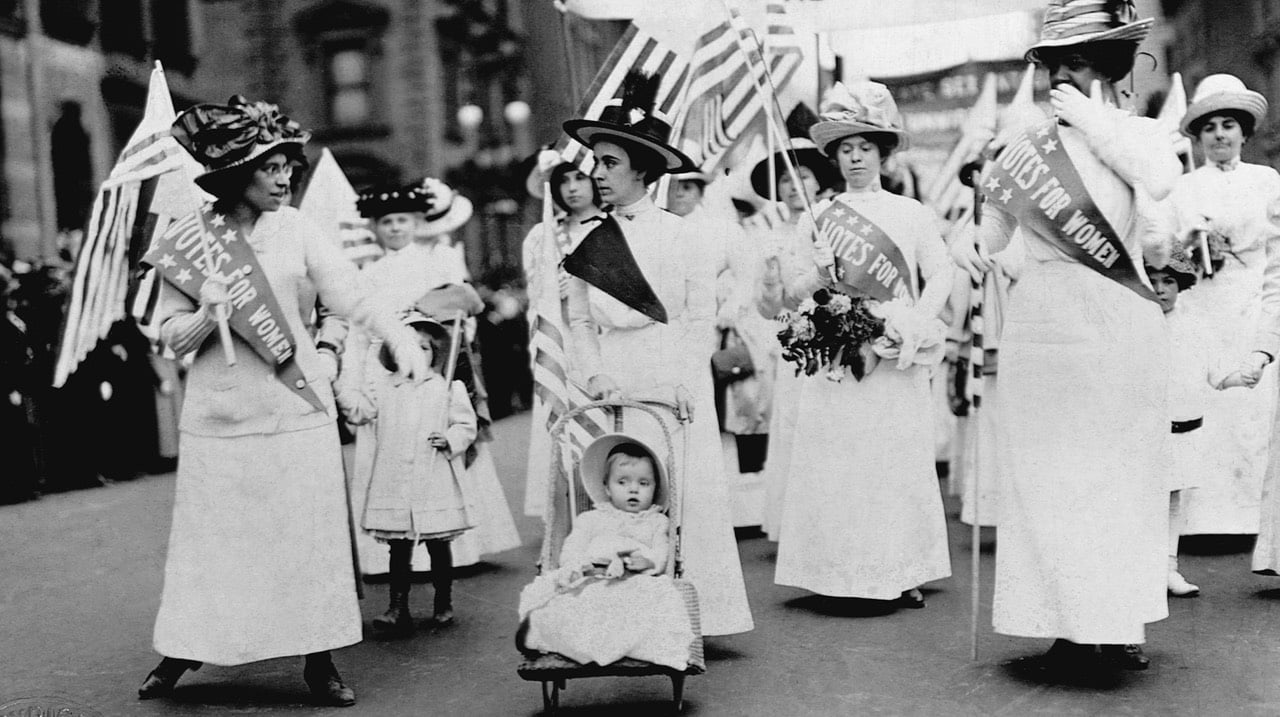
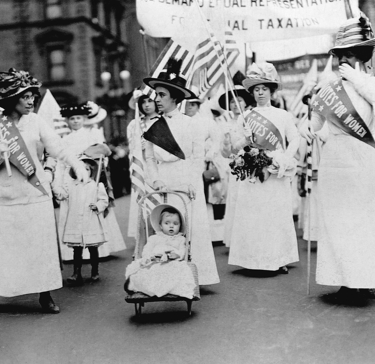
Women’s History: The Struggle for Equality
Learn about important women throughout history—including Susan B. Anthony, Elizabeth Cady Stanton, and Sojourner Truth—and the progress that’s been made in the fight for gender equality.


Women’s History: The Struggle for Equality
Learn about important women throughout history—including Susan B. Anthony, Elizabeth Cady Stanton, and Sojourner Truth—and the progress that’s been made in the fight for gender equality.
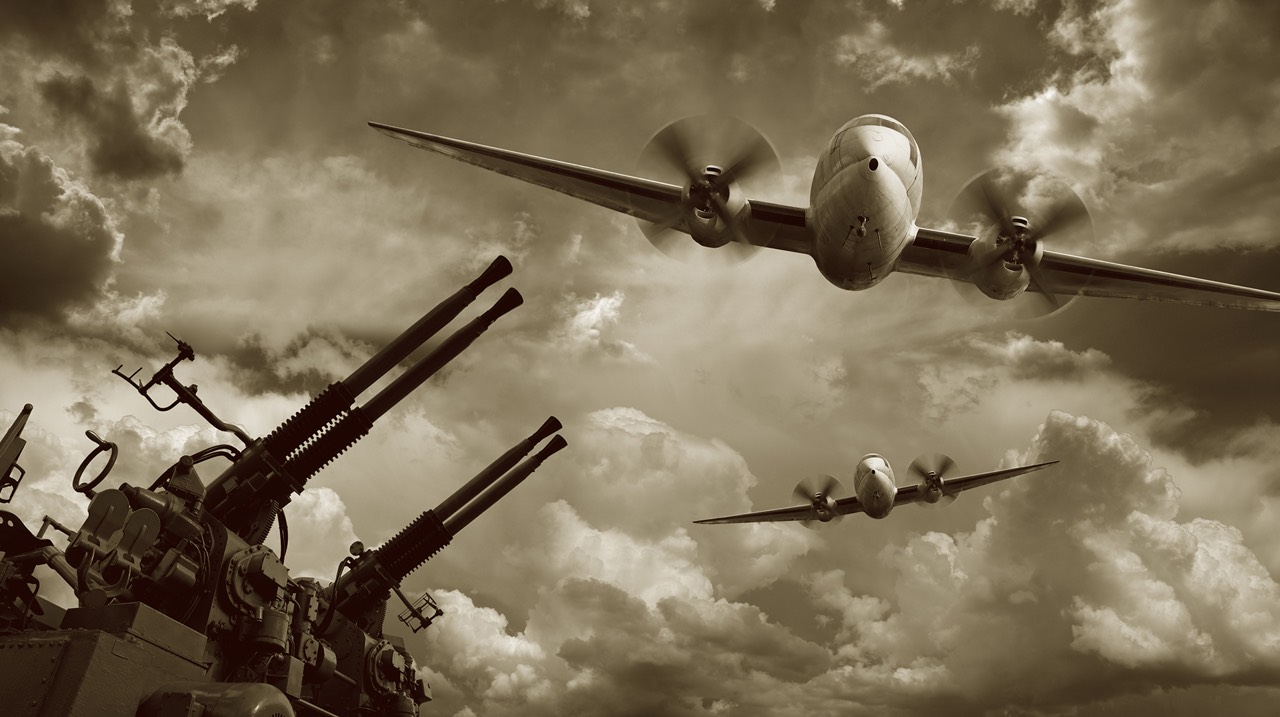
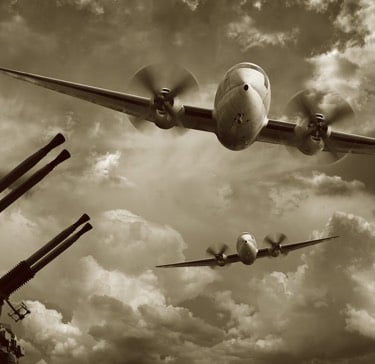
The History and Heroes of World War II
An overview of World War II: why the U.S. got involved, what citizens did to fight back, and how people worldwide were affected


The History and Heroes of World War II
An overview of World War II: why the U.S. got involved, what citizens did to fight back, and how people worldwide were affected


Real Teens of History
These inspiring teens fought for what they believed in—and made history in the process.


Real Teens of History
These inspiring teens fought for what they believed in—and made history in the process.
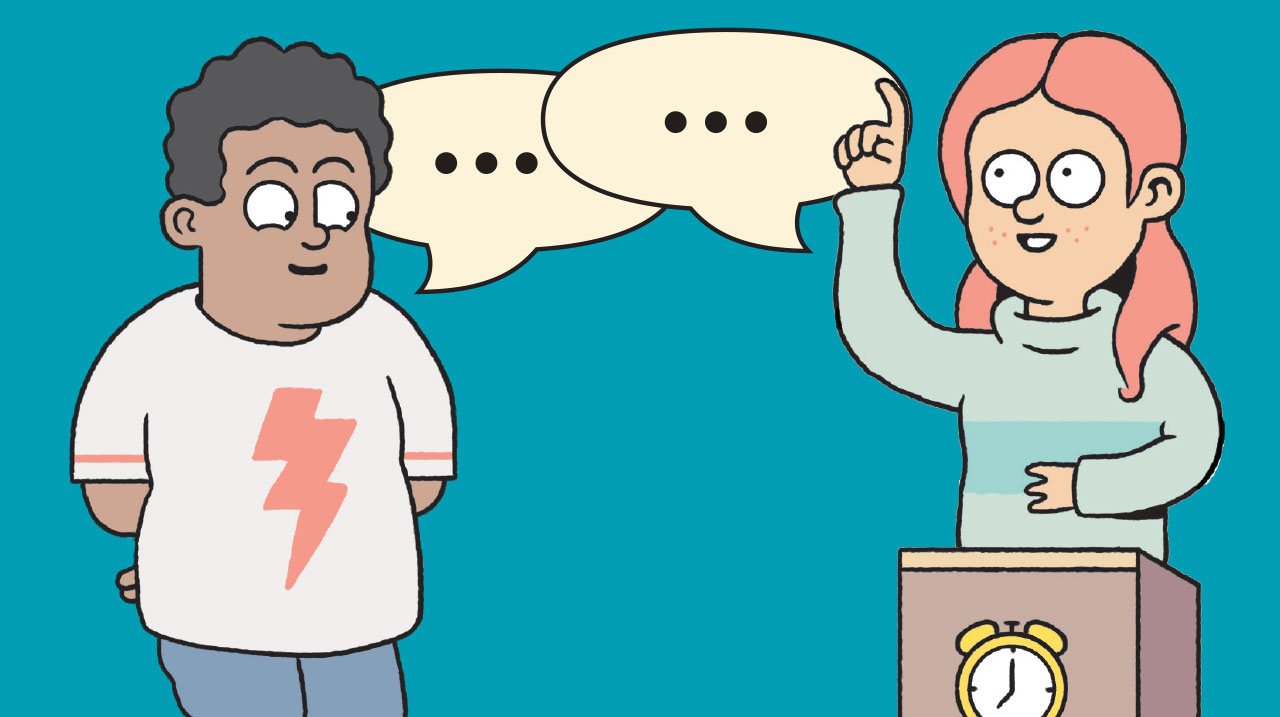
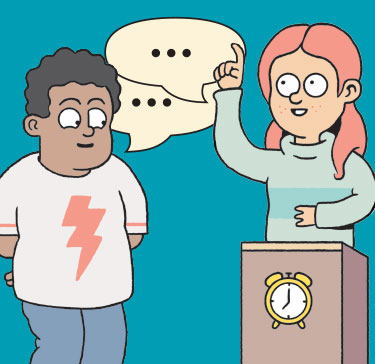
Social Studies Debate Kit
Teaching the art of debating—and how to write an effective argument essay—can help students master critical-thinking and communication skills.


Social Studies Debate Kit
Teaching the art of debating—and how to write an effective argument essay—can help students master critical-thinking and communication skills.


Mastering Media Literacy and Digital Literacy
In an increasingly digital world, being able to navigate technology skillfully and evaluate online resources for accuracy and trustworthiness is crucial.


Mastering Media Literacy and Digital Literacy
In an increasingly digital world, being able to navigate technology skillfully and evaluate online resources for accuracy and trustworthiness is crucial.
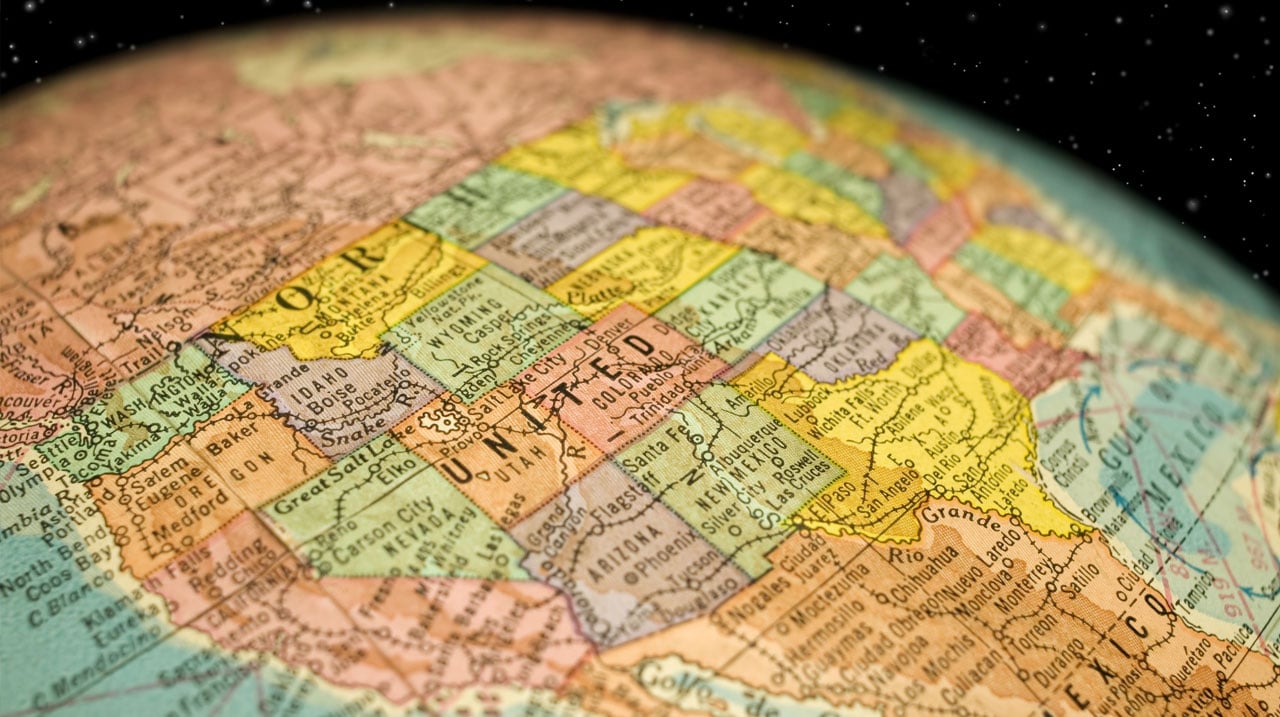
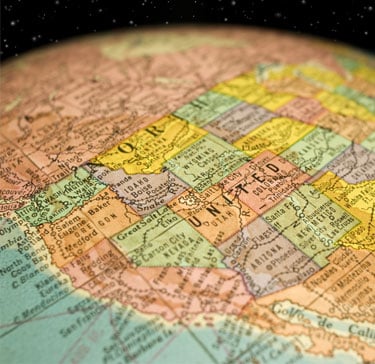
Teaching map skills can build students’ geography knowledge—and enhance their understanding of the world in which they live.


Teaching map skills can build students’ geography knowledge—and enhance their understanding of the world in which they live.
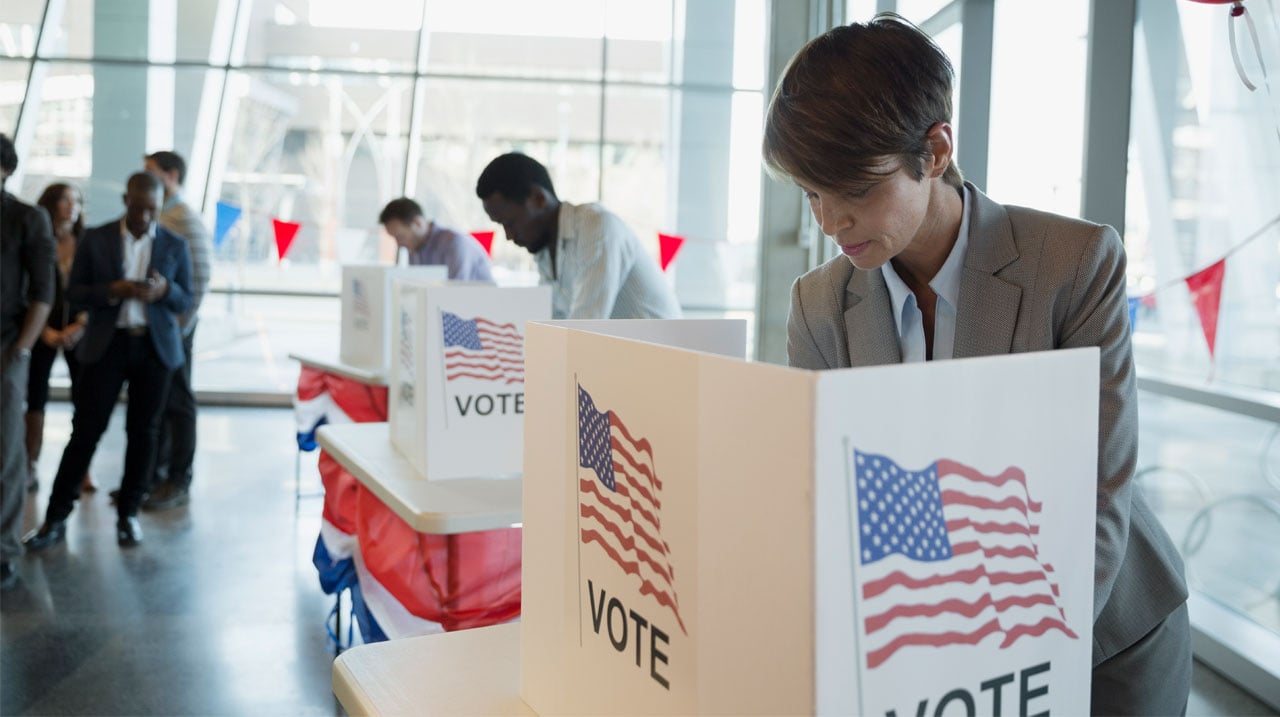
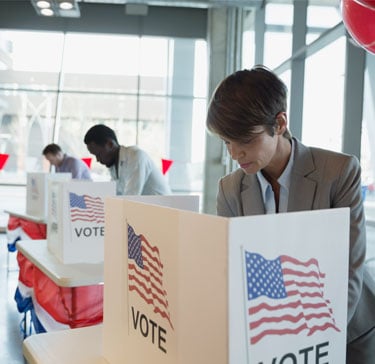
Middle School Civics
An overview of civics: what it means to be a good citizen, how democracy works, and why staying informed and engaged matters—even as kids.


Middle School Civics
An overview of civics: what it means to be a good citizen, how democracy works, and why staying informed and engaged matters—even as kids.
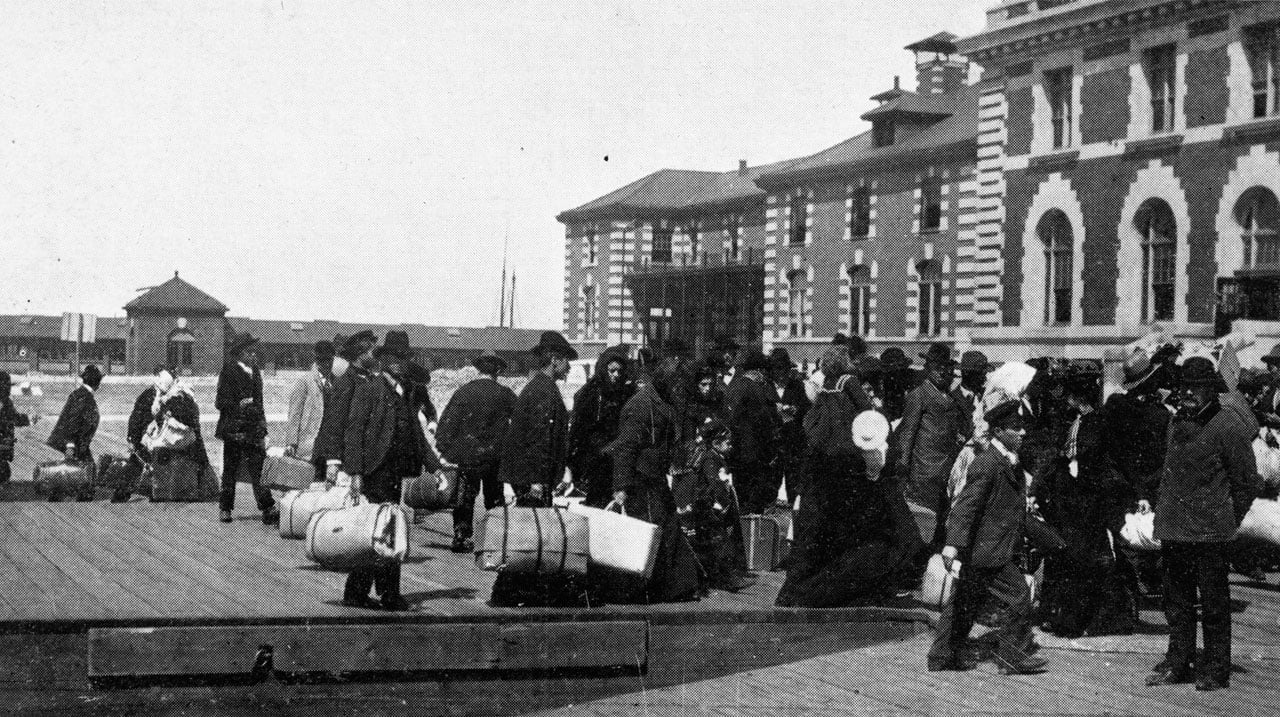
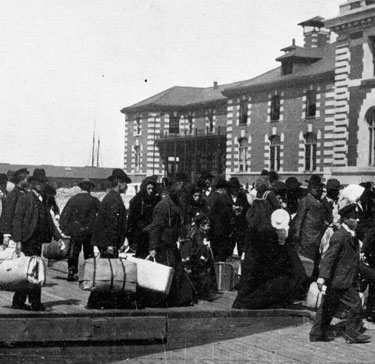
The U.S. is a nation of immigrants, built by people who left their homes to seek new lives and opportunities. However, Americans' feelings about immigrants are mixed.


The U.S. is a nation of immigrants, built by people who left their homes to seek new lives and opportunities. However, Americans' feelings about immigrants are mixed.
Empower Your Students
to Explore Their World
Discover Junior Scholastic
Magazine for Grades 6–8
Everett Historical/Shutterstock (Union soldiers); Bettmann Archive/Getty Images (Mary Walker); Universal History Archive/Getty Images (African American family); Universal History Archive/Getty Images (illustration); Corbis via Getty Images (African American Union soldiers); Everett Historical/Shutterstock.com (Lincoln); PhotoQuest/Getty (Grant); Mathew Brady/FPG/Archive Photos/Getty (Lee); Fotosearch/Getty Images (Davis)